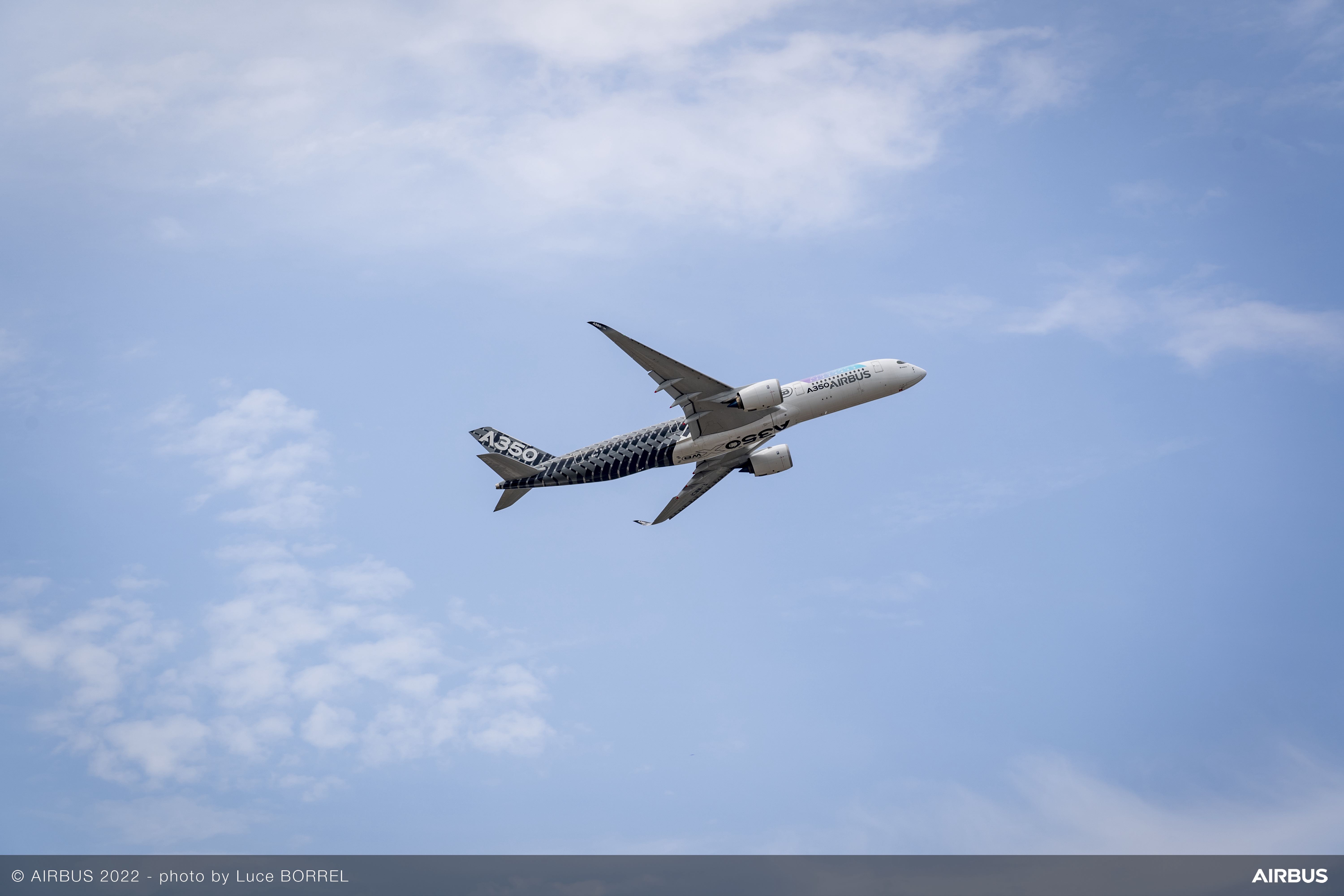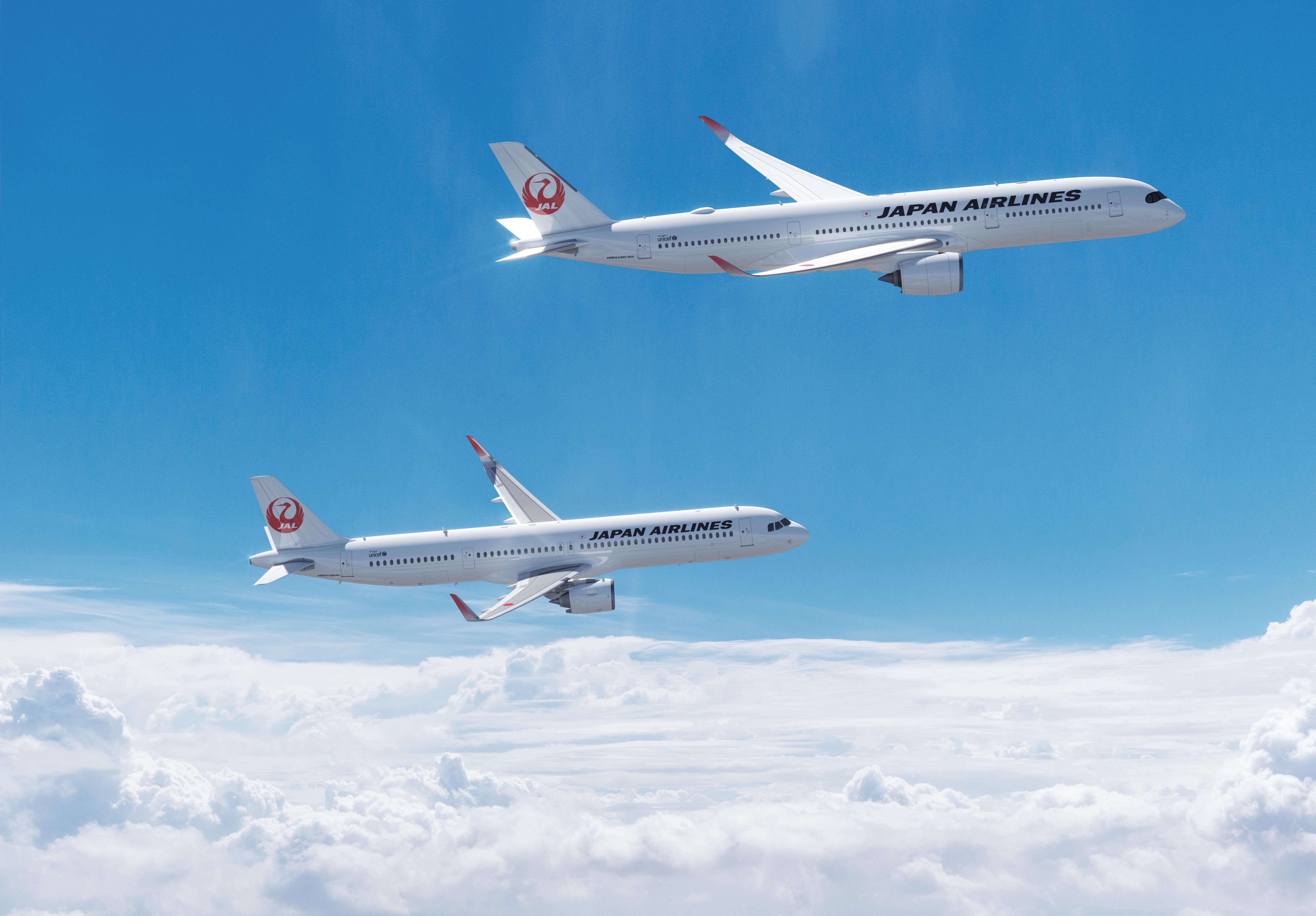

In My Perspective
Global Aviation Soars Back: Airlines Boost Connectivity and Growth with New Aircraft Orders
We saw at the last IATA AGM conference in Dubai that the global aviation industry has recovered from the pandemic and is now in a period of growing profitability to meet the needs of people to fly and move goods around the world.
It is estimated that this year airlines will connect nearly five billion people on 22,000 routes in 39 million flights and deliver 62 million tons of cargo, enabling $8.3 trillion in trade. Financially, IATA projects that aviation will have a net margin of over 3%, which is not a record, but it is a good sign considering where we were just a few years ago. There is no doubt that the aviation industry is driving economies with tourism, e-commerce, trade and investment.
We are proud of the hard work that has brought our industry back from the brink, while acknowledging that we remain squeezed between challenges with the supply chain as in many other industries.
In Latin America we see airlines confirming its need to continue growing, specially in the long-haul segment. During the Farnborough Airshow, Abra Group signed a Memorandum of Understanding (MOU) for five A350-900s to further expand its international operations and increase route capacity.
The selection of the A350 reaffirms the aircraft as the undisputed long-range leader, capable of flying efficiently on all sectors from short haul to ultra-long haul routes up to 9,700 nm. Its clean-sheet design incorporates the latest technologies, aerodynamics, lightweight materials and latest-generation engines, which together deliver a 25% advantage in fuel burn, operating costs and CO₂ emissions, as well as a 50% reduction in noise compared to previous-generation competitor aircraft.
Orders for 188 wide-body aircraft were received in 2024, including repeat orders from Japan Airlines for 20 additional A350-900s and seven additional A330-900s for Virgin Atlantic. Flynas is expanding its capacity, range and overall fleet capabilities with an MoU for 15 A330-900s and 75 A320neo Family aircraft. We also celebrated Cathay Pacific becoming a new A330neo customer with an order for 30 A330-900s. Meanwhile, the A220 continues to gain momentum with airBaltic placing a firm order for an additional 10 A220-300s, bringing the airline's total firm orders to 90 aircraft. At the end of August, Airbus had received 912 orders for the A220 from some 33 customers, of which some 354 have been delivered.
This summer we also reached an important milestone for Airbus and operators: the type certification of the CFM-powered A321XLR by the European Aviation Safety Agency (EASA). Its entry into service, scheduled for the end of the third trimester, will allow it to coexist with widebody aircraft in airline fleets, creating synergies and adding capacity to open new routes or even continue to operate existing ones when demand fluctuates but also to allow A320 Family operators to reach long haul destinations with the same fleet. We expect to see this aircraft fly in our region in the following year.
The A321XLR is the next evolutionary step from the A321neo, enabling airlines to expand their market reach by extending their range up to 4,700 nm. Airbus has a backlog of 520 A321XLRs for 25 customers worldwide, which we are very pleased to begin delivering.
With this momentum we look forward to augmenting our presence and continuing to serve our customers in Latin America, as we continue to support the region’s soaring aerospace ambitions.



